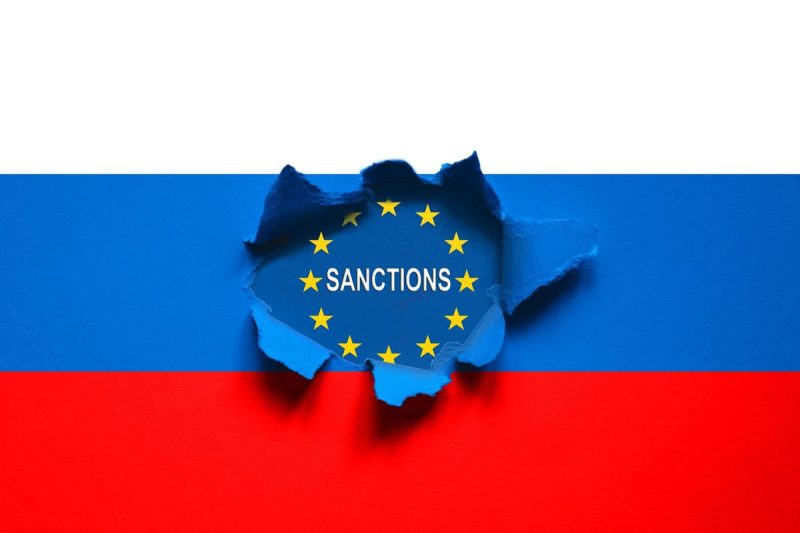
Russian Metal Sanctions Spike Copper, Nickel, and Aluminum Prices: An LME Impact!
The London Metal Exchange (LME) sanctions on Russian metals have undeniably caused a significant commemoration on the global metals market. Central to this impact is the surge in the prices of copper, nickel, and aluminum, which are key commodities in the international trading platform. This effect cascades from economic principles rooted in supply-demand dynamics, geopolitical friction, and trade regulation inconsistencies. This article seeks to delve into the contours shaping this economic curiosity.
The LME, one of the world’s largest marketplaces for trading industrial metals, imposed sanctions on Russian metal. These restrictions are part of a broader international strategy aimed at curbing Moscow’s geopolitical assertiveness. By limiting the inflow of Russian metal into the global market, the sanctions have inadvertently set motion to significant shifts in both local and international markets.
The first and most direct effect of the LME sanctions is the disruption of supply chains. Russia is a dominant supplier of nickel, copper, and aluminum, boasting some of the world’s largest reserves. The country contributes significantly to the global stockpile of these metals. When the sanctions kicked in, they essentially cut off a significant chunk of the global supply chain. Consequently, the scarcity of these metals in the global market has led to their prices skyrocketing.
Nickel prices, for instance, jumped to over $20,000 a ton, the highest surge in more than a decade. Copper prices, which had already been witnessing an upward trend due to increased demand from the renewable energy industry, further spiked owing to the sanctions. Aluminum, a highly versatile metal used extensively in manufacturing and construction industries globally, also experienced a notable price hike due to the same supply constraints.
Besides the supply shortfall, another significant factor driving up prices is market speculation. Given the volatility and uncertainty surrounding the geopolitical situation, speculators are leveraging the crisis to turn a profit. The hoarding of these metals has, in turn, exaggerated their scarcity in the market, leading to a price surge. Moreover, investors are increasingly turning to metals as safe-haven assets in the wake of instability in other markets, thus increasing demand and contributing to the price escalation.
Furthermore, the effect of the ongoing global pandemic cannot be underestimated in this scenario. COVID-19 has already strained many sectors of the economy and disrupted global production and trade. The sanctions on Russian metals have compounded an already tense situation, further driving up prices.
Also noteworthy is the significance of these metals in key industries, such as the tech and automotive sectors; these are industries whose products often require copper, nickel, and aluminum. The increase in prices therefore not only influences the metals market but also could potentially lead to a surge in prices for goods and services across various other sectors, creating a ripple effect across the global economy.
In summary, the LME sanctions on Russian metals have pushed copper, nickel, and aluminum prices higher. This enhancement is a consequence of a complex interplay of supply disruption, market speculation, global financial-market instability, effects of the pandemic, and the importance of these metals in key industries. Moving forward, it will be interesting to observe how the global market navigates these unprecedented challenges and what measures will be implemented for stabilization. The framework of international trade continues to evolve amidst an ever-changing landscape of geopolitical and economic dynamics.
